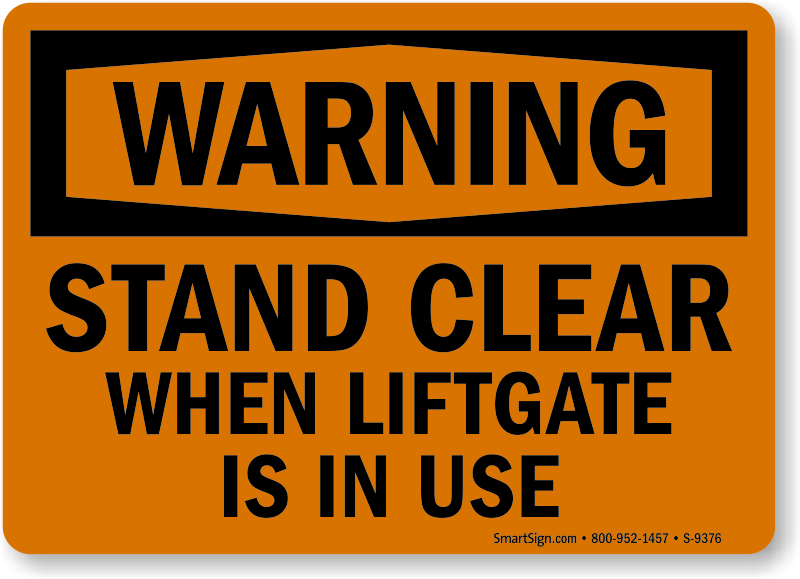
Under the OSHA law, each employer is responsible for the safety and health of its workers and for providing a safe and healthful workplace. Although OSHA does not fine federal agencies, it does monitor these agencies and conducts federal workplace inspections in response to workers' complaints. OSHAs Chemical Hazards and Toxic Substances Safety and Health Topic page provides more information on safety and health hazards from exposure to hazardous substances. Federal agencies must have a safety and health program that meet the same standards as private employers. State and Local Government Workers - Workers at state and local government agencies are not covered by Federal OSHA, but have OSH Act protections if they work in one of the states or territories that have an OSHA-approved state program.įederal Government Workers - OSHA's protection applies to all federal agencies. To find the contact information for the OSHA Federal or State Program office nearest you, see the Regional and Area Offices map. State-run health and safety programs must be at least as effective as the Federal OSHA program. The Safety Standards utilize the abbreviation 29 CFR Part 1926. 4, the Occupational Safety and Health Administration (OSHA).
#Osha stands for in healthcare free#
What is the purpose of the OSHA law Provide a place of employment free from safety hazards. A Covid-19 pop-up testing sits stands on a New York City street on Oct. Study with Quizlet and memorize flashcards containing terms like True or False: OSHA protects employees in the workplace by setting and enforcing safety and health standards, OSHAs mission is to, OSHA does not issue standards for and more.

jurisdictions either directly through Federal OSHA or through an OSHA-approved state plan. Terms in this set (37) What is the correct name for the acronym OSHA Occupational Safety and Health Administration.

Private Sector Workers - OSHA covers most private sector employers and workers in all 50 states, the District of Columbia, and other U.S.


 0 kommentar(er)
0 kommentar(er)
